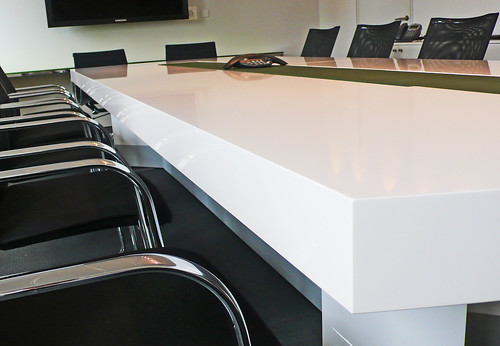But two tweets from @femedtech have reminded me of an experience that I thought I'd share. It won't take long and then I can get back to what I'm supposed to be doing.
First tweet was
We're looking critically at ed tech tools this afternoon at #digped with @chris_friend and @Jessifer - Have you ever considered who runs/sits on the board of your favourite ed tech tools? Is there a gender balance? #femedtech— femedtech (@femedtech) July 30, 2018
It immediately reminded me of an experience I had with a particular company - which I won't name. I didn't reply, but it's been on my mind. Then today I saw this:
We're looking at moments of vulnerability and embarrassment throughout our careers at #digped this morning. There are lots of stories of women feeling vulnerable, particularly when playing the 'expert' role. #femedtech— femedtech (@femedtech) July 31, 2018
and I realised that I had to share my story.
Customer Advisory Board
So, a couple of years ago I was invited to be on the Customer Advisory Board for one of my favourite ed tech tools. It involved a number of webinar-type meetings and a major on-site meeting. It lasted about a year and I haven't heard anything in a while about it, so I don't know if it still exists (the CAB, not the tool) or if I just got dropped.The on-site meeting took place in a city that is quite a distance from Galway - i.e. there was a lot of travelling involved. When I arrived, we were all (about 30 people) in a large board room, and I took my place at the long table. As an introvert, I don't work well in such situations, and there were a lot of loud people in the room who could easily talk and give their opinions. So I settled into my observer mode and watched.
An early observation was that there were a good number of women in the room, certainly more than 10. This was a positive sign - as a computer scientist I have often been the only woman in a room. But then I realised that all the women except 2 (me and one other) were employees of the company. So, of about 20 people on the CAB, just 2 were female. This, I thought, was reflected in the discourse at the meeting, with a focus on technical topics.
It wasn't all bad. The female employees included some very senior people in the company and some very senior developers. So, to answer the first tweet above - plenty of women on the board.
Embarrassing Moment
At an event later that evening (remember I had travelled a significant distance) hosted by the company, I was chatting to one of the senior women employees. I mentioned my observations at the meeting, regarding the imbalance on the CAB, and she agreed with me. We both then approached the most senior woman in the company and voiced my/our concerns. She completely dismissed them, in a way that made me feel almost petty for even saying something. She denied that gender was an issue at all. I was shocked and a little embarrassed (hence responding to the second tweet above).Of course, replaying it in my mind (as an introvert often does) I can think of many ways I should or could have responded. But I didn't. I probably mumbled something and moved on. A missed opportunity!




















